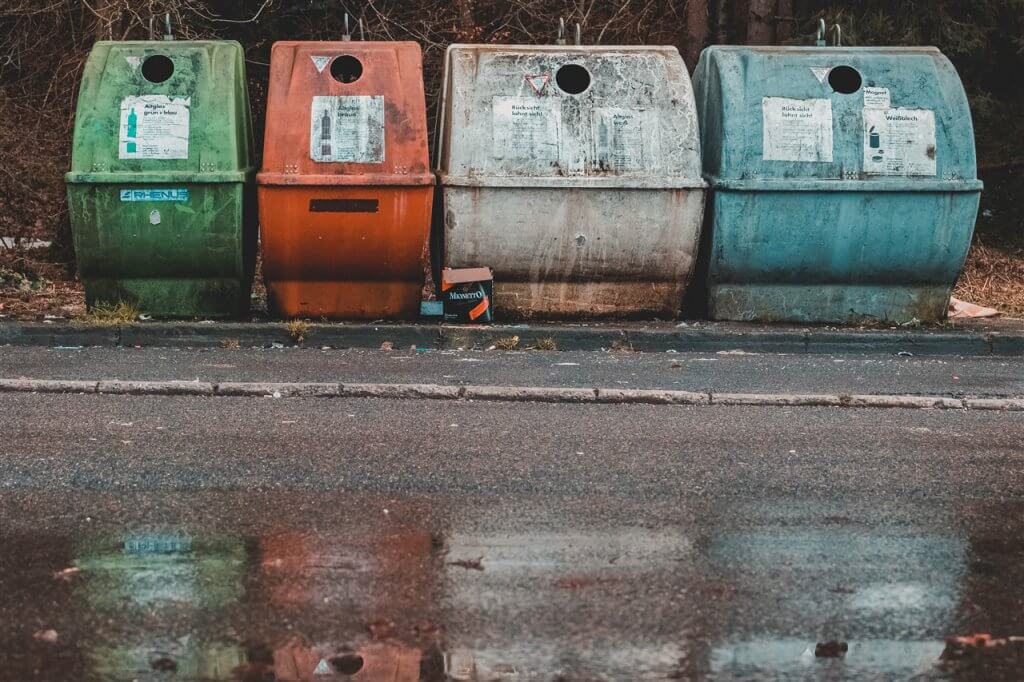Tossing paper junk mail in the recycling bin is pretty much second nature these days.
Sorting through the ads and offers is annoying for sure. But at least a good deed is done by recycling it.
And that’s it … right?
Waste management services pick it up once a week or so and take it to…where?
Do we really know where our unsolicited mail goes and what happens to it? Or how much of it is actually recycled?
Before we answer these questions, we’ll give you some quick, pratical, best-practice tips for recycling both your junk mail and regular mail.
TLDR;
- Remove any non-solicited debit, credit or stored-value cards and destroy them (e.g. cut w/ scissors)
- Shred any credit, loan, insurance offers, or any mail containing sensitive information such as:
- Social Security numbers
- Medicare IDs
- Vehicle ownership, vehicle licensing /registration or mortgage information
- Place shredded envelopes and contents into a paper bag (most recyclers don’t accept recyclables submitted in plastic bags) and set in your recycling bin for collection.
PRO-TIP: prior to shredding, take a picture of any junk mail you don’t want to receive ever again using the PaperKarma app. We’ll contact the mailer on your behalf and request they remove you from their list.
A brief history of paper recycling
Recycling as we know it today actually started in the early 1800s, as a process known in the pulp and paper industry as “deinking.”
The ability to recycle paper, combined with the lower price of wood-based options ushered out the old ways of using cloth and linen for many products and purposes.
Although paper recycling was born during this time, it wasn’t until the 1870s that recycling pickup was even an option.
Relish the thought, for a moment, of ladies in hooped-skirts and men in top-hats recycling their Sears Roebuck & Co. catalogs.
Then came the World Wars. Our population exploded. Recycling efforts tumbled to the bottom of our nation’s priority list.
During these decades, direct mail marketing – or what we call junk mail – began flooding our mail boxes.
A full century would pass before recycling transformed into a social and environmental movement in the 1970s.
Fast forward to today
The good news is that our society is now recycling 49.2 million tons of paper and paperboard each year. This is 66.2% of our total 74.2 million tons of paper and paperboard waste produced.
Of all recyclables, PAPER is the most recycled material. Unwanted catalogs, magazines and insurance offers are easily and cheaply recycled into new paper products.
What’s more, there is a large market for recycled paper. In 2018, the USA even exported almost half (45.7%) of all “recovered fiber” (paper collected for recycling)!
With more and more of us realizing the positive environmental impact of recycling, consumers are starting to demand recycled paper products globally. The good news is companies are responding to this demand for sustainable production.
Even direct mail marketers are trying to go green and reduce the environmental impact of producing and distributing 77 billion plus mailpieces per annum. Some recent trends we applaud:
- Mailers increasingly selecting paper stock certified by the Sustainable Forest Initiative and the Forest Stewardship Council. This is a designation for materials obtained using forestry practices that reduce environmental impact.
- Increased use of paper stock with a high percentage of recycled and post-consumer content.
- The growing spread of printed, digital postage stamps (vs. adhesive stamps which are difficult to strip from envelopes during recycling).
The bad news
Since we export such a significant amount of recycled paper, only 39% of our domestic annual paper production is covered by recycled paper. The remainder is covered by pulp and sawdust from mills and by cutting down an estimated 65 million tons (dry basis) of timber per year. The last time we checked, however, the recycled paper also originally came from trees. As did the pulp and sawdust.
The point being, we have simply staggered the rate at which we chop down our treasured forests for paper production since 1/3 of the raw material used corresponds to trees that were cut down in the last 1-7 years.
An estimated 80-100 million trees are required to obtain the materials to produce all the junk mail we receive in a given year. If left standing, these trees would absorb 1.7 million tons of CO2 per year, according to the Sierra Club.
According to the Washington Post and New York University, junk mail accounts for an estimated 5.6 million tons of paper per year. Unfortunately, we also tend to treat it for what it is – junk. While paper and cardboard are heavily recycled and duly make up only 11.8% of total landfill waste, the EPA states that 60% of junk mail ends up in the trash (as opposed to being recycle), with 44% of all our junk mail ending up in landfills unread!
Junk mail accounts for 2.4% of landfill waste – a full 20% of all paper and cardboard dumped in landfills each year.
Reduce Your Impact, Starting with Your Junk Mail
We have come a long way since that first curbside pickup, but there is still a lot of progress to be made. Ideally, we can continue to improve the amount of paper and paperboard we recycle. Even if this kind of progress takes time.
Over 37 billion pieces of unwanted mail end up in landfills each year, unopened. Let’s stop this madness!
Opting out of your junk mail is a great way to reduce your footprint on the planet.
New technologies pursued by companies like PaperKarma can further decrease the burden on our landfills and forests.
By snapping a simple photo of your junk mail, you are contributing to alleviating several pressures our country and environment face due to something as ridiculous as junk mail.
